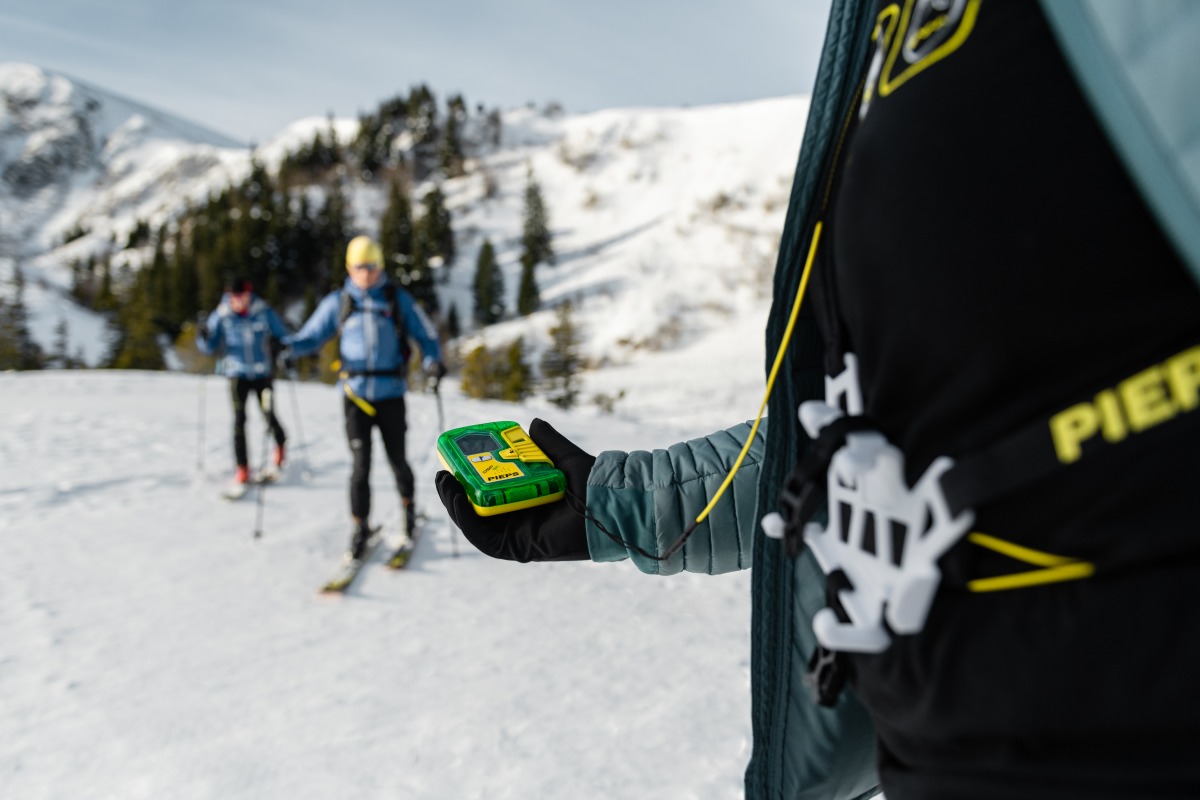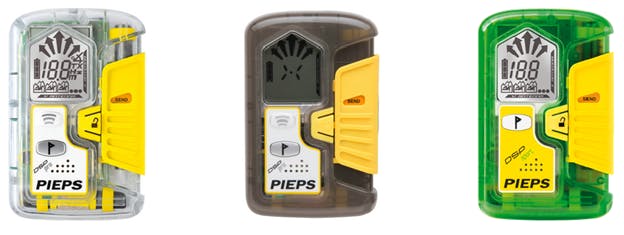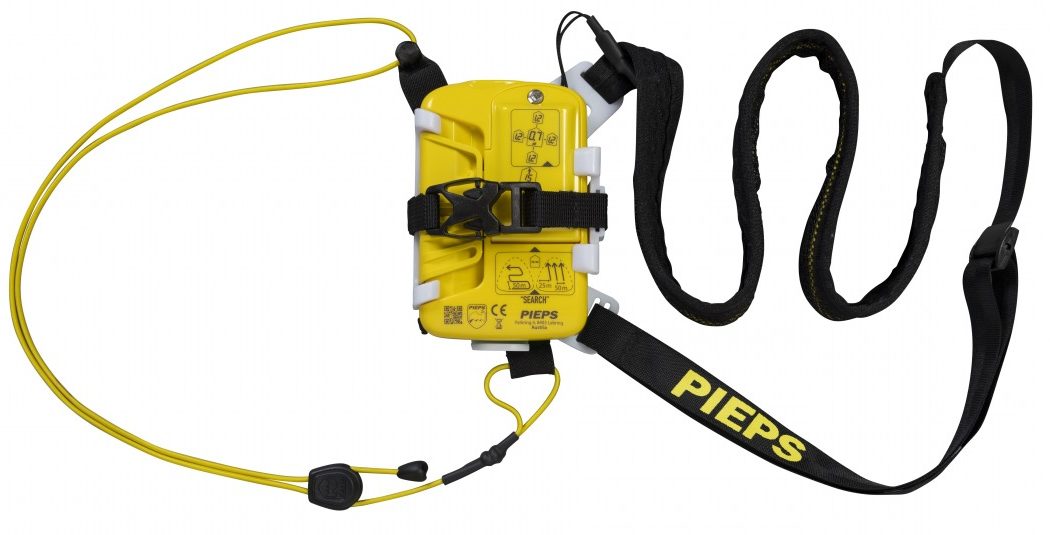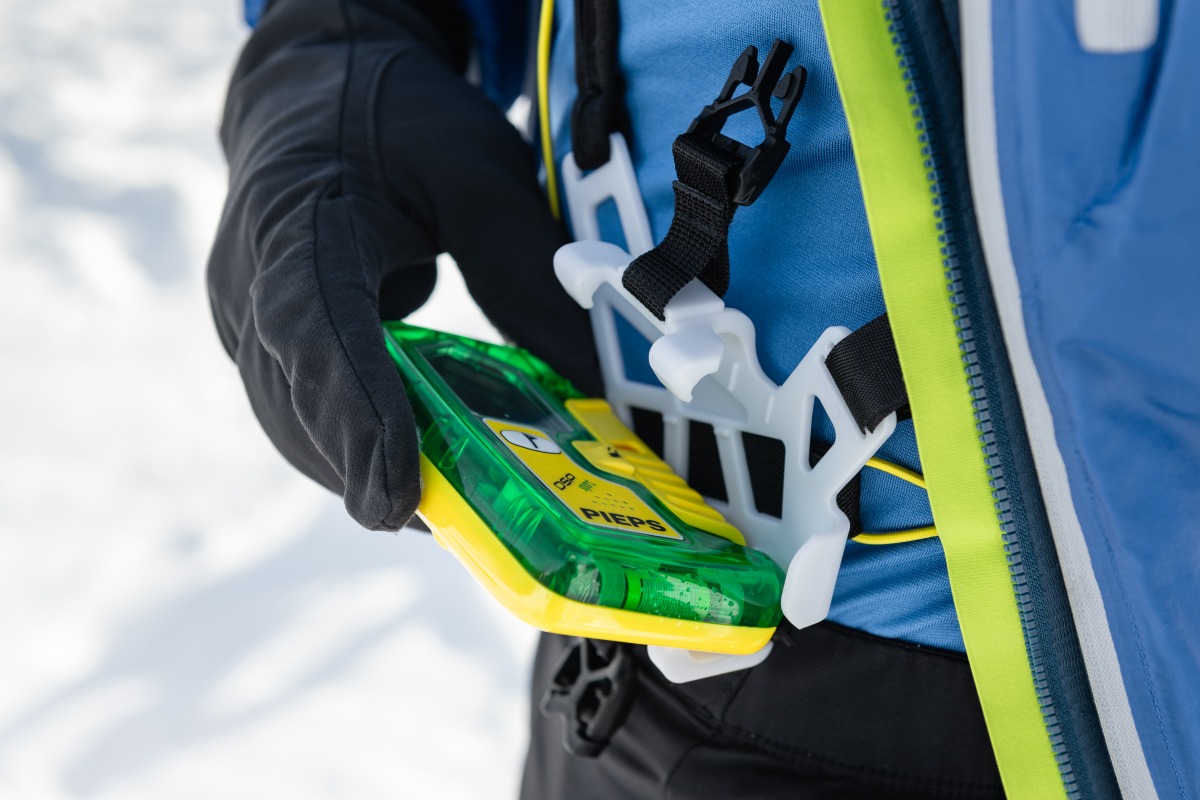
On April 12, 2021, Black Diamond announced a recall of the Pieps DSP Sport, Pro and Ice model beacons. But the recall might not mean what you think.
Consumers have been waiting a long time for this moment. Since a group of pro skiers posted a series of viral Instagram videos that illuminated the potential for certain models of Pieps DSP beacons to inadvertently switch modes last spring, we’ve all been left wondering: How much of an issue is this? And how is Pieps/Black Diamond going to fix it?
In a statement issued on April 12, 2021, consumers finally got the information they were waiting for. And some might be confused.
First off, it’s worth pointing out a few basic things outlined in the statement (linked here):
1) BD acknowledges a problem, as indicated in the statement title:
BLACK DIAMOND RECALLS PIEPS DSP AVALANCHE TRANSCEIVERS DUE TO RISK OF LOSS OF EMERGENCY COMMUNICATIONS
2) The company then declares which models it is recalling:
“Black Diamond Equipment, Ltd., in cooperation with the U.S. Consumer Product Safety Commission (CPSC) and Health Canada, is issuing a voluntary recall of the PIEPS DSP Pro, DSP Pro Ice, and DSP Sport avalanche transceivers with neoprene carrying case. The units were sold from January 2013 through November 2020 only.”
3) Things get a little murky when presenting the need for the recall:
“The reason for the recall is that the transceiver can switch modes unexpectedly when not locked or installed in the harness (italic ours for emphasis). When this occurs, it will prevent the transceiver from transmitting a discoverable electronic signal and can make it difficult to locate a skier in an avalanche, which can result in severe bodily harm or death.”
Note here that the problem is on the transceiver not working properly only when not in a harness.
4) Things get a bit murkier when explaining how the recall works:
“Consumers should immediately stop using the recalled avalanche transceivers and register for a free replacement hardcase carrying system, and user guide to be used with the recalled transceivers at the following link: Free Replacement Harness Registration
The remainder of the statement issues further details about the beacons in question, and concludes with the following:
“Black Diamond has received 63 reports of the transceiver modes switching unexpectedly while in use. One death and one instance of a skier getting caught in an avalanche who suffered a broken arm and minor injuries both reported in British Columbia.”
Hey, what’s a ‘recall’ anyway?
Here’s my line of thinking: When I read the headline, I assumed the phrase ‘beacon recall’ meant the beacons would be sent back to the manufacturer. I wasn’t sure if my understanding of the word recall was accurate, so I called upon Merriam Webster. According to the dictionary site, the legal definition of recall is:
“A public call by a manufacturer for the return of a defective or especially unsafe product.”
If, like me, you thought that’s what recall meant, you may also be confused by the wording of this particular statement. In order to clarify further, I reached out to John Dicuollo, PR Account Director for BD North America. Here’s his explanation:
“When we first started addressing this situation publicly, we talked about the third party tests we did. And the beacons passed all the tests. But when we dug deeper into the interaction between the neoprene carrying case and the beacon, we started to see some issues. Depending on how tight you synched the thing, depending on your chest build, how you wear it, and the wear and tear of the beacon itself, there have been instances where it could switch.”
(Ed note: this is similar to what Lou found in his investigations, which you can read here)
As for the declaration of a beacon recall, he explained, “Because the carrying case is not a certified sold product itself, we couldn’t just do a recall on the carrying case, we had to do a recall on the beacon.”
For instance, he continued, “If the seatbelt in your car has an issue and the company issues a recall, you don’t get a new car, you get a new seatbelt, which is a solution the company has figured out to fix the problem. And that’s what we have here.”
It’s worth noting that the CPSC can prevent recall solutions if they’re deemed inadequate. BD couldn’t announce it’s formal recall process without the approval of the governing body for this sort of thing in the U.S. (which is also part of why this recall took so long to reach the public).
So, to clarify my own confusion, no beacons go back to the manufacturer. When you register your specific beacon, you get a new hardcase cradle system sent to you, not a new beacon. (The hardcase is free.)
“Of course,” Dicuollo concluded, “if your beacon doesn’t work, or there’s a crack in the switch [which some users have reported], BD wants to see that beacon. But if you just want to address this recall issue, you just have to log into the website and we’ll send you a new cradle.”
Is this a perfect solution? Not for some users, especially if you prefer to carry your beacon in a pocket. But for folks who haven’t stuffed their Pieps DSP beacons into a dark closet, it might be worth something.

The new hardcase features plastic stoppers to prevent the beacon from switching transmit modes as well as a clip to keep the beacon in place.
For more information, visit Black Diamond’s website. To register your beacon, click here.
Manasseh Franklin is a writer, editor and big fan of walking uphill. She has an MFA in creative nonfiction and environment and natural resources from the University of Wyoming and especially enjoys writing about glaciers. Find her other work in Alpinist, Adventure Journal, Rock and Ice, Aspen Sojourner, AFAR, Trail Runner and Western Confluence.



